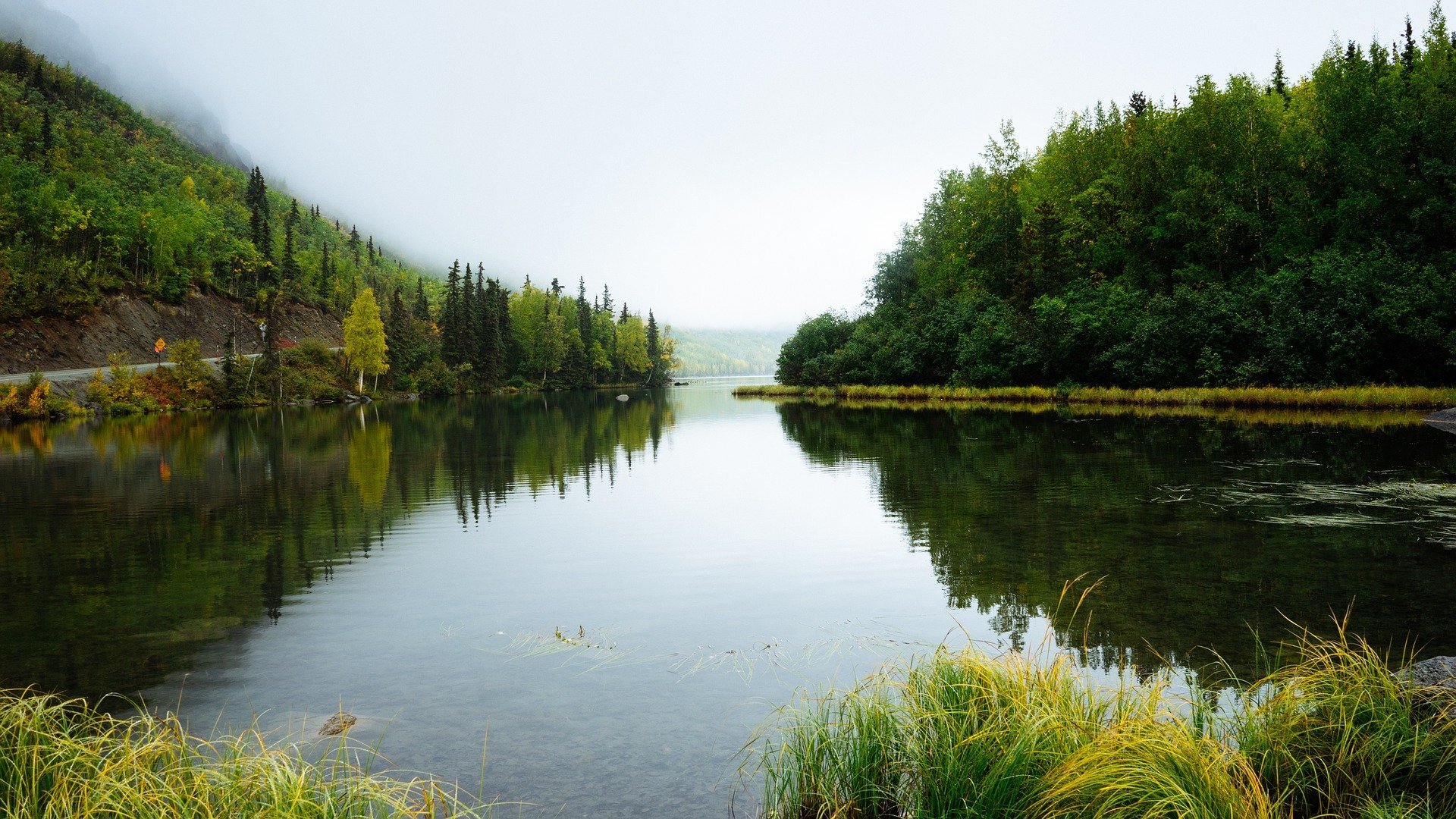Massive Effects By Tiny Species
If you live in the Eastern half of the United States, by now you’ve probably heard a few horror stories surrounding Zebra Mussels. They’ve quickly infested bodies of water, completely covered any and all surfaces available, and altered ecosystems from the bottom up.
Although the local news may only speak on the Zebra Mussels near you, in no way is this a local issue, nor a new one. Zebra Mussels were first identified in the Great Lakes in the late 1980s. Thought to originate in the Black Sea, the Zebra Mussels were transferred to the Great Lakes by cargo ship [4].
This species is incredibly invasive and can greatly impact aquatic ecosystems. They will continue to spread until a way to control them is deemed safe, effective, and efficient, which is a difficult task. One female Zebra Mussel can produce up to a million eggs a year, making controlling the mussels impossible to do manually [5].
Doing your part to slow the spread doesn’t only apply to a global pandemic, but for invasive species as well. To help slow the spread of Zebra Mussels, you can:
Clean your boat/kayak/canoe/etc. before transferring it to a different body of water. This includes scraping off any plant material and mussels, spraying it down with at least 140 degrees Fahrenheit water or a high-pressure spray, and allowing everything to dry for at least a week.
Wash any swimwear in hot water and let dry completely.
For more information, visit: https://stopaquatichitchhikers.org/
These mussels are spreading, but what is the issue? These mussels are about the size of a thumbnail yet, in a day, can filter 1 liter of water. That’s a good thing, right? Not quite. These mussels will eat almost any algae that they come across, leaving the water to appear clearer than before. Without the diversity of algae, the more resilient species can thrive. One, in particular, is of interest. Microcystis, a bacterium, is not consumed by Zebra Mussels and is responsible for the creation of blue-green algae. The algae are able to spread at a rapid pace due to the lack of competition of nutrients in the water [4]. While the Zebra Mussels are a cause of the extra algae growth, the warmer temperatures in the lakes, inconsistent rainfall, and nutrient loading also play a part in the growth of the blue-green algae [1].
The blue-green algae consume enough oxygen in the water to form a localized dead zone, killing off larger fish and eliminating a food source for zooplankton, which means that since blue-green algae suppress both the top and bottom of the local food chain, it will cause a trophic cascade that will result in disaster [1].
Most people are not aware of these effects, nor are they in a position to notice it themselves. While the effects of this algae growth are mostly on aquatic species, it also affects land animals. This algae is highly dangerous to humans and their pets. If ingested, the blue-green algae can cause liver damage for humans and many times, this blue-green algae is fatal for dogs.
They need not ingest very much-- a couple of licks of wet fur is enough-- for this algae to be lethal within a few hours. For most bodies of water infested with Zebra Mussels, this isn’t an issue but, for places like Austin, Texas, it’s headline news. A city that once encouraged dogs to swim in all bodies of water, now emphasizes owners to research before going for a dip. Even then, there is a risk that the algae have reached hazardous levels in the last few days. It is a risk that each person has to accept if they, or their pets, are going to swim.
Many locations have already implemented swimming restrictions where blue-green algae are present, but it is always a good idea to do your own research before making a decision.
Written by Nina Mewborne
References:
Blue-Green Algae Blooms in the Great Lakes. State of Ontario's Biodiversity. (2015, May 14). https://sobr.ca/blue-green-algae-blooms-in-the-great-lakes/.
Helmke, D. (2008, November). Zebra mussels invade Kansas (spread the message – not the mussels). Kansas Rural Water association. https://krwa.net/portals/krwa/lifeline/currentissue/0811_034.pdf.
Maulidar, I. (2019, November 22). Harmful algae could kill invasive mussels. Great Lakes Echo | Environmental news of the Great Lakes region. https://greatlakesecho.org/2019/11/22/harmful-algae-could-kill-invasive-mussels/#:~:text=Recent%20research%20found%20that%20chemicals,water%20that%20they%20live%20in.
Michigan State University. (1998, September 22). Scientists Study Link Between Zebra Mussels And Algae Blooms. ScienceDaily. Retrieved June 13, 2021 from www.sciencedaily.com/releases/1998/09/980919115852.htm
U.S. Department of the Interior. (2015, February 24). Stopping the Mussel Invasion. National Parks Service. https://www.nps.gov/cure/learn/nature/mussel_facts.htm.






